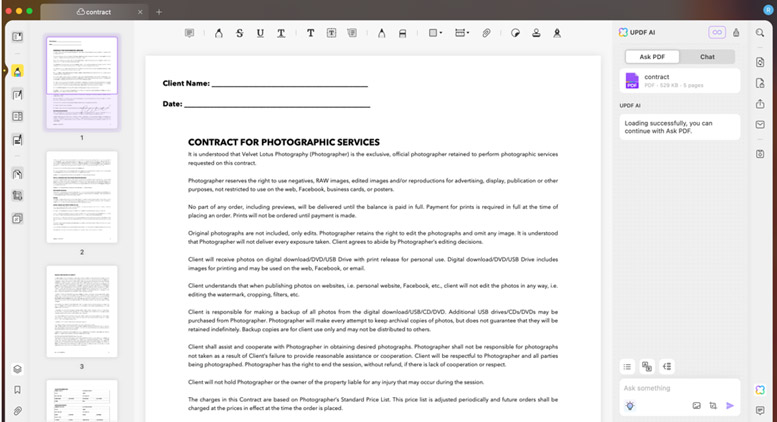Dreaming of DRM
One of the unexpected benefits of PVRs (personal video recorders) is that parents can build private collections of child-friendly programming. With a PVR, kids can surf unsupervised through dozens of virtual channels, complete with program guide, without mom hovering to make sure that Baywatch or Jackass doesn’t pop up. If you want to limit their viewing to two hours a day or see a record of what they watched, just ask the PVR. It knows all and controls all. This is DRM (digital rights management): Tracking and controlling access to content based on the identity of the consumer. There are parents who wouldn’t let their children watch TV at all were it not for PVRs.
There is creative content that we would never see on the Internet without DRM. You may find, as I do, that it’s difficult to spare sympathy for film studios and record companies that are willing to do anything to scoop more money out of our pockets. DRM is a new way for them to exploit their audience.
But what about a commercial photographer who wants to sell her work online? How about an Internet radio station that promotes unsigned artists and stays afloat by charging listeners $1 per month? A film student with a camcorder and a PowerBook could get his name known by distributing his imaginative work for free. Wouldn’t it be wrong for others to chop the titles and credits from his work and re-release it under their name? In the corporate world, wouldn’t it be great if information classified “internal use only” could actually only be used internally?
Large media companies use these scenarios to justify DRM, and just hearing these arguments from the likes of the RIAA and MPAA splashes mud on the whole idea. Yet there are people and businesses that would benefit tremendously from digital content distribution, but they refuse to use it because it isn’t safe. Your company might like to e-mail the slide deck for an upcoming product announcement out to sales offices and partners that have signed non-disclosure agreements. But a recipient can forward the slides to a reporter or a competitor. The accidental inclusion of one outsider’s address in the mailing list creates a leak that can’t be plugged.
The advent of content delivery systems that implement end-to-end control, especially the Windows Media 9 Series player and server software, DRM closes the loopholes that keeps music and movies off the Internet. I’m a freedom fighter from way back, and I hate the idea that Sony gets to decide how many times I can view a movie I pay for. On the other hand, I want the photographer and the film student to be able to distribute their work without worrying that others can stamp their name on it. The low-budget Internet radio station shouldn’t have to worry about having its music uploaded to newsgroups an hour after broadcast. And I certainly want companies and the government to use the Internet to reach remote workers and trusted contractors. For those applications and many others, the identity, tracking, and authorization features built into Windows Media 9 Series software are long overdue. If a company’s Windows Media 9-encoded announcement gets leaked, it can flip a switch at the server that keeps people from viewing the unauthorized copies.
I doubt the photographer or Internet radio station would send a thank-you note to Jack Valenti or Bill Gates, for that matter. But neither do parents playing VHS tapes or DVDs of Disney movies express gratitude to the adult entertainment industry that made those formats affordable. Sometimes we have to embrace good technology and forget how it came to be.




